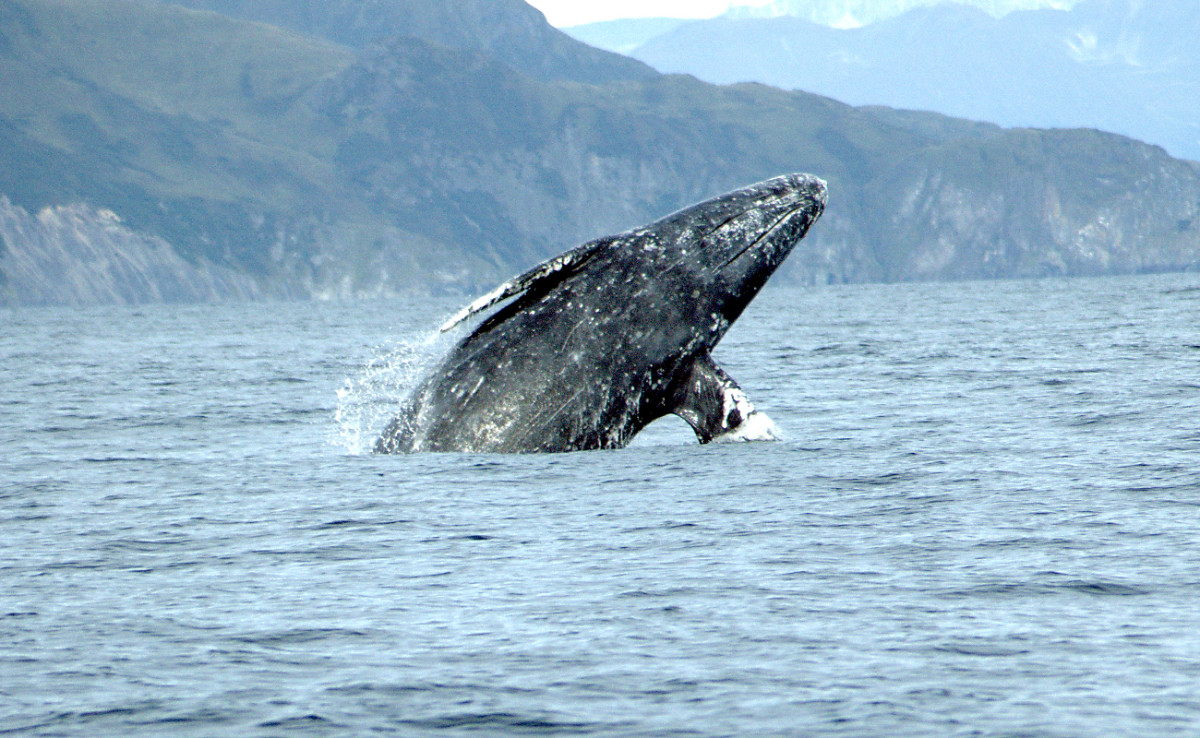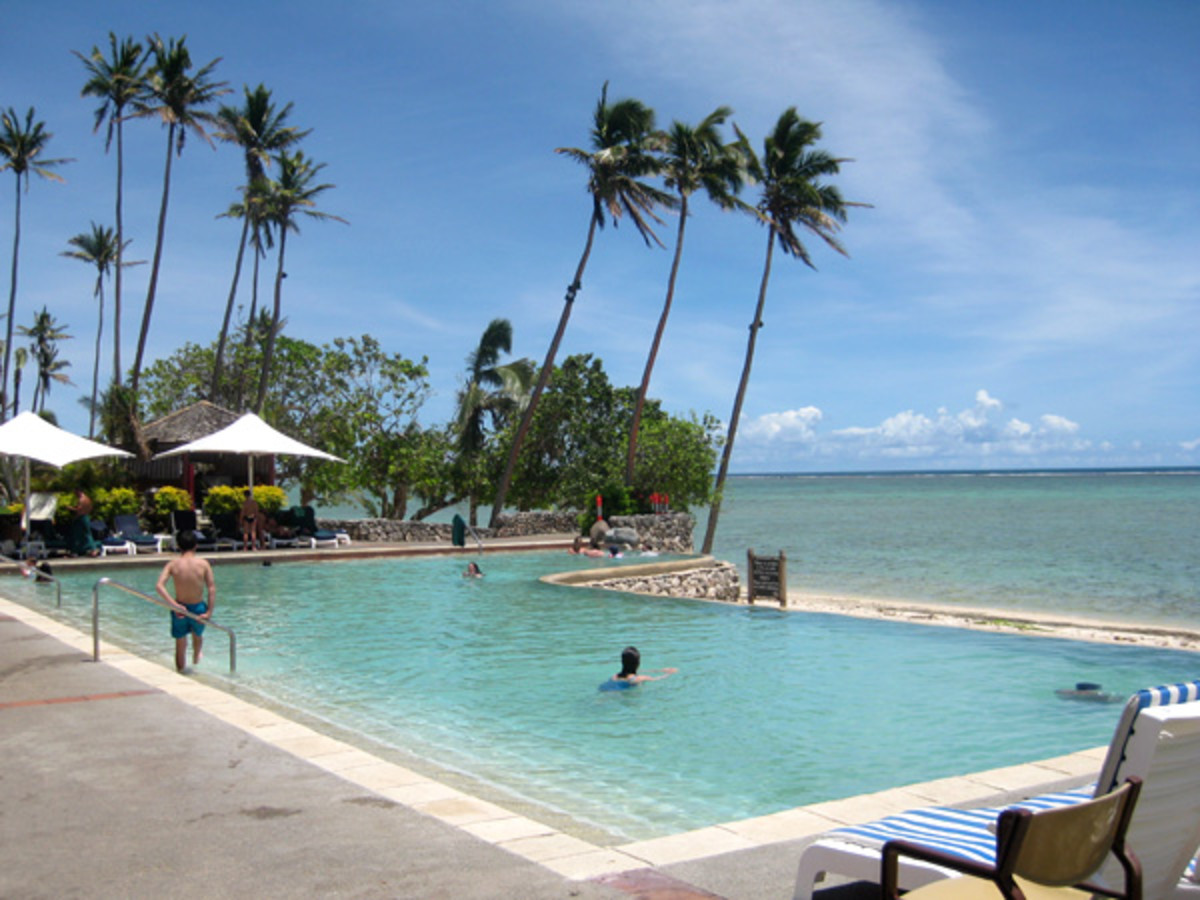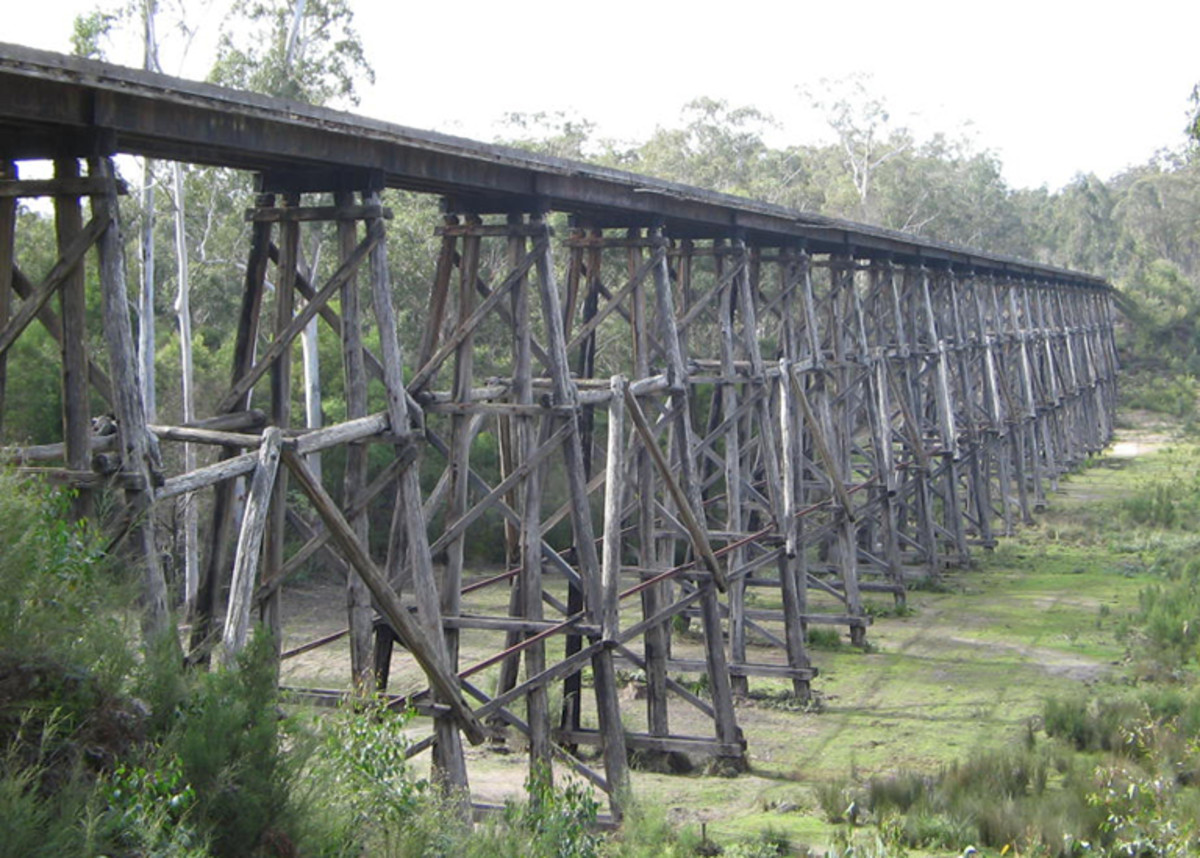Two Old Chinese Vessels Sunk off La Paz, Baja California, Mexico, to provide Artificial Reefs
Wrecks make a good substitute for natural coral reefs
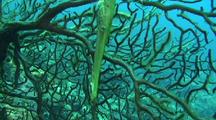
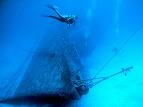
Wrecks are Undersea Havens for Marine Creatures
Illegal Chinese Provide Artificial Reefs.
Large sandy bottom bays are great for swimming and other water sports, but they are inhospitable places for fry, the young of many fish, who need to hide from predators.
It is a curious fact that coral reefs only grow, in nearly every case, on the west side of land masses. One exception is Baja’s only well known coral reef, at Cabo Pulmo, between La Paz and San Jose del Cabo on a remote part of the coast. Reefs are the natural breeding grounds for fish whose young can hide amongst the holes and tree-like growth of corals as well as conceal themselves in all the weed calling the coral cliffs home.
Let’s leave the established nurseries for the moment, and talk about Chinese who tried coming to Mexico by ship-load some years ago, some to fish with non-documented long-lines and others with the hope of illegally entering the US. They were intercepted by Mexican authorities along with US Coast Guard, sent back to China and their ships impounded while fines were levied on the owners and other concerned parties. Several years went by, the fines weren’t paid so two of the three ships, the Fang Ming and the Lapas203, were donated to South Baja government’s ecology department to sink as natural reefs in the bay.
This was done to no little pomp and ceremony about ten years ago. Another 4 years went by and divers reported the ships had been colonized by all sorts of marine creatures who were treating the cargo ship like a God given reef.
This all followed the observation of the success, albeit accidental, of the artificial reef created when the Ruffo’s ferry, the Salvatierra, hit rocks and sank in 1976; all the crew and truck drivers were saved.. This was a pretty big ship, 320’ in length with a beam of 50’bought from the United States and converted by these local businessmen to carry cargo and passengers from La Paz to the Mexican mainland.
Several attempts were made to raise the ship but a large hurricane, Lisa, put paid to this by rolling the ship over and smashing her beyond any thought of repair. Good news for billions of small fry and all the creatures that now call the wreck home, and for the countless divers who have visited her over the intervening years.
Many dive companies take visitors out to Espiritu Santo Island and also arrange diving at this nearby wreck.
It is interesting to reflect of all the thousands of ships lost at sea with more joining them each year. Until they finally disappear from rot, rust and motion of currents, as well as the hammering from storm and tide, they will be a home for billions of large and small sea creatures. They must gaze curiously at the masts, funnels and canon, as well as the yellowing bones of those lost with their ship until they quickly succumb to predation and parasites.
We can say it’s a ill wind that does nobody any good, or we could reflect on how our world - our universe - is all one mass: energy, changing, being consumed, extruding again from the matter bank into new life forms. Many of the fish whose lives are saved by the wrecks we provide are netted to end up on our table. And so on, infinitely. However we try to change it or divert her intentions, Nature serenely carries on, taking all our small mechanisations in her stride. A universal plan much more complex than man can understand or devise. But in populating of these utilitarian wrecks by denizens of the sea, we can see a small part of it at work.
Exerpted from Reef News. Shipwrecks make great and sometimes dangerous sites for diving. Now, the sunken ships near the island of Cayman Brac aren't really shipwrecks. Instead, these are ships that were sunk on purpose to make sites for exciting diving. (see photo). The ships are first cleaned of any kind of pollution, such as engine oil. Next, dangerous parts of the ship are removed or disabled. Doorways to dark interior cabins are welded shut so divers can't get trapped in the ship by accident. Finally, the ship is towed to where it will rest on the bottom on a sandy spot where it can be sunk without damaging any of the corals of the reefs. There, it is carefully sunk to make sure it comes to rest where it was intended, creating an exciting dive site as well as a great artificial reef that will attract and protect all kinds of marine life.
Photo and paragraph with thanks to Reef News.Com

